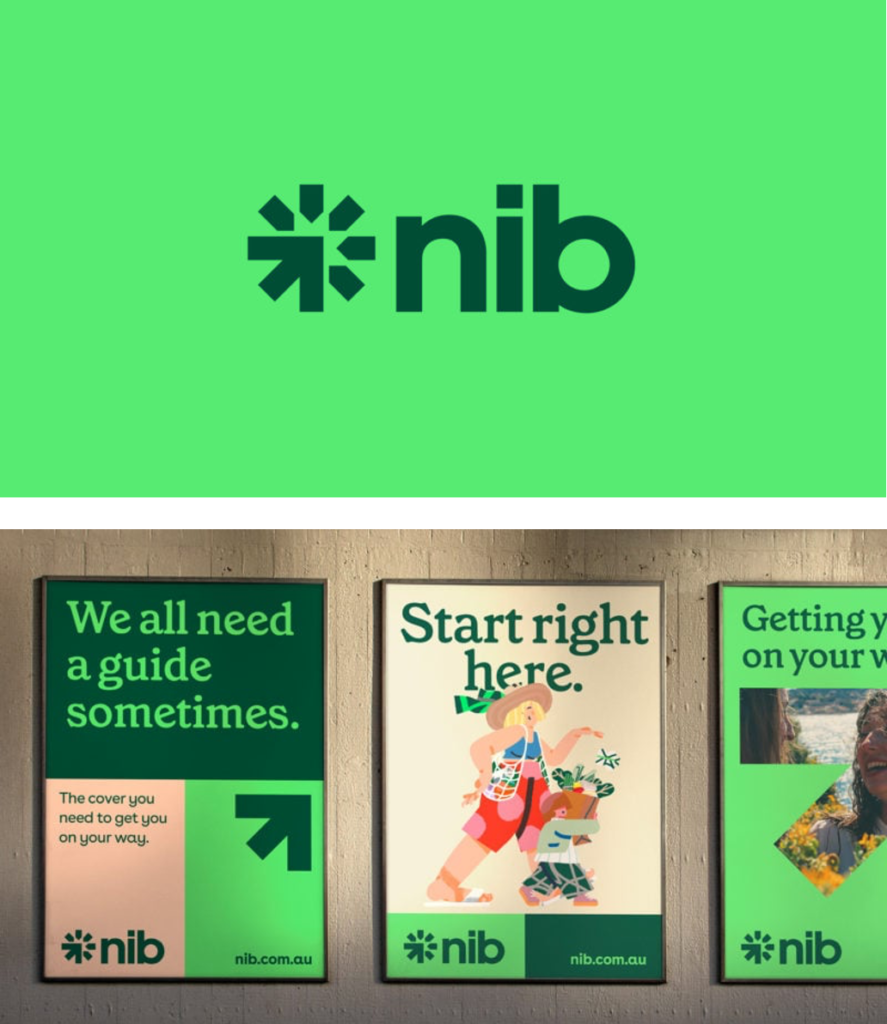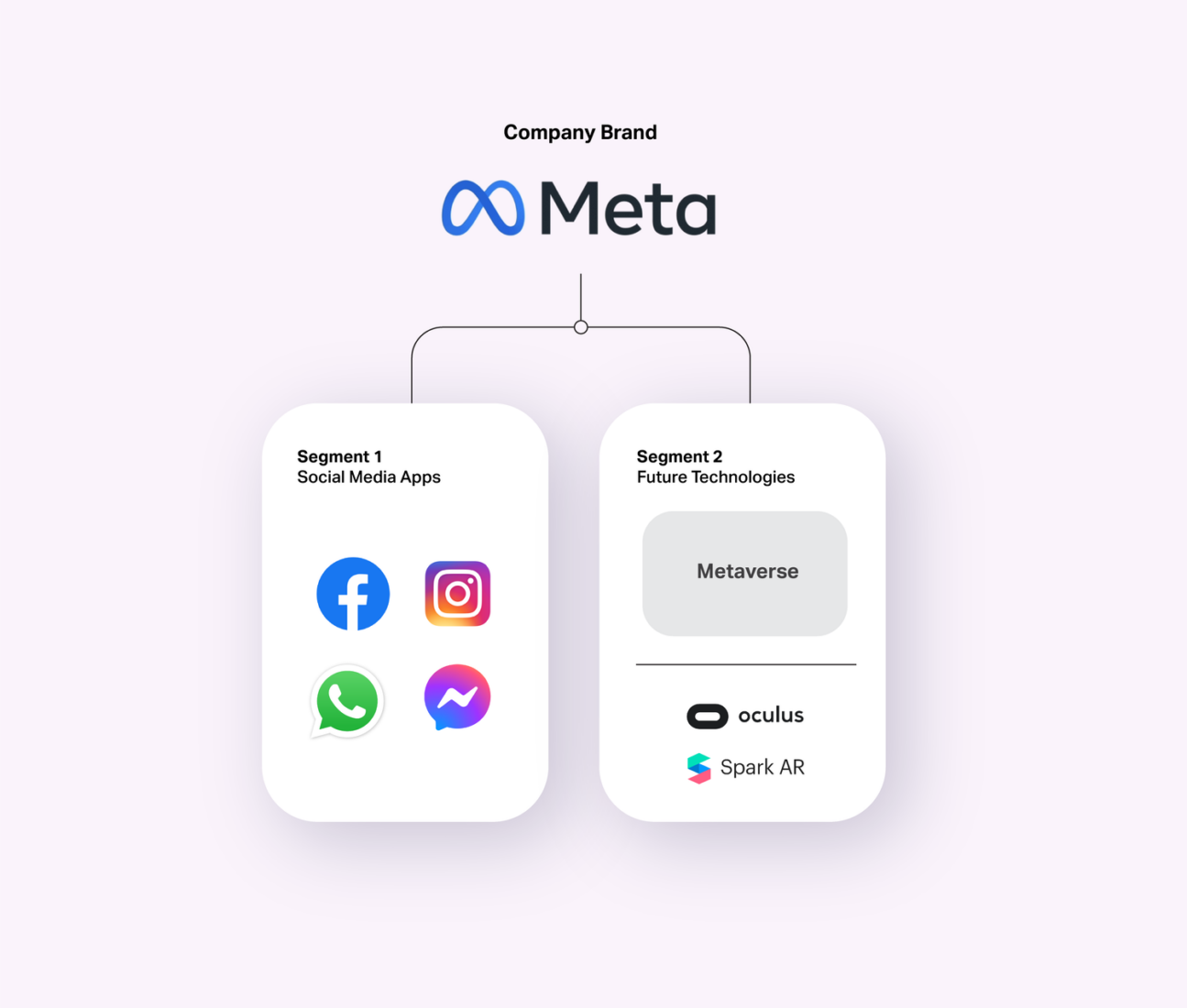Key points:
Whaddya call this love? Rebrand.
It’s beautiful!
Oh, everyone can rebrand love.
Yeh... but it’s what you do with it...
In the wise words of Australian icon Darryl Kerrigan- yes, everyone can rebrand. But should you? If you’re considering a rebrand or are still sceptical of the benefits, let’s dive in.
Consumer preferences and market dynamics are constantly changing, and the bar is forever being raised when it comes to your customers’ expectations. Brands are often finding themselves faced with the question of whether to adapt to stay relevant or stay true to their roots.
So how do you know when to stick to your guns, avoiding the noise and pretty distractions, vs. when you actually need to consider a rebrand.
What is rebranding and why is it important?
Let’s start with what a rebrand actually means. Domain names and licenses aside - a rebrand is a pretty big deal. A rebrand involves revisiting your brands internal and external foundations and returning to market with not just a new and improved look and feel, but most importantly, a solid strategic foundation and clear purpose. It’s more than just a facelift with a shiny new logo and a different colour palette. To be successful, a re-brand must articulate your vision, clarify your purpose and define the values that underpin your organisations culture and DNA.
One of the keys to success of a rebrand is ensuring if you do it, that you do it properly. So, before you commit, it’s important to consider the pros and cons:
Let’s start with the pros:
And consider the cons:
Your brand strategy forms the solid foundation that will underpin everything you do moving forward, building equity through connection and consistency. A clear vision, purpose and proposition, will guide your messaging on why you’re doing it and where you’re headed. It’s extremely important to do the work upfront and ensure your team are clear on the strategy internally, so that your external brand matches your insides - sounds simple, right?
Types of rebranding + examples
Okay, so now we have the basics down pat, and you’d be able to join in on any rebranding discussions around the water cooler. But wait, there’s more! It may come as no surprise, but there is no one size fits all approach to a rebrand. There are four main ways you can break this down. A question we often ask, is it evolution to revolution? Here’s some different options on that re-branding scale:


Whilst Facebook very much still exists as the social media platform we know and love, it sits alongside other offerings under Meta’s broader ecosystem like Instagram and WhatsApp. It’s a great example of developing a new brand architecture, effectively communicating product integration, and leveraging the synergy between individual products within a larger brand ecosystem.

The merger benefited both parties too. Disney benefited from Pixar’s technology and innovation, and Pixar benefited from having support from Disney.
This is an example where both companies stayed true to their original values and kept their names but this isn’t always the case.
So now you’re in the know when it comes to what rebranding actually is. When tossing up whether you should or shouldn’t rebrand, make sure to consider these top three things:
The best way to understand whether a rebrand is right for you or not is to have a chat. Get in touch, we would love to help!